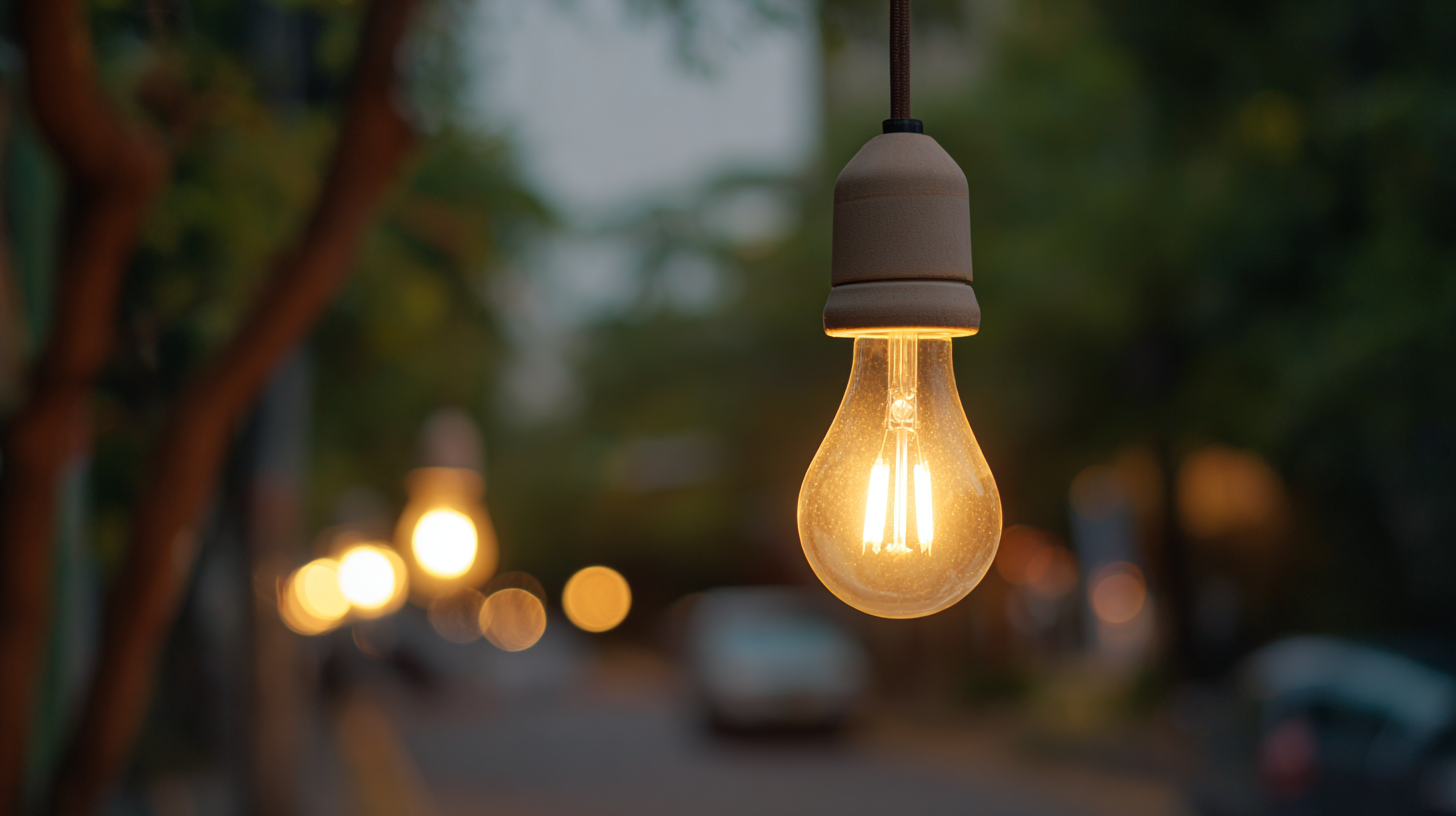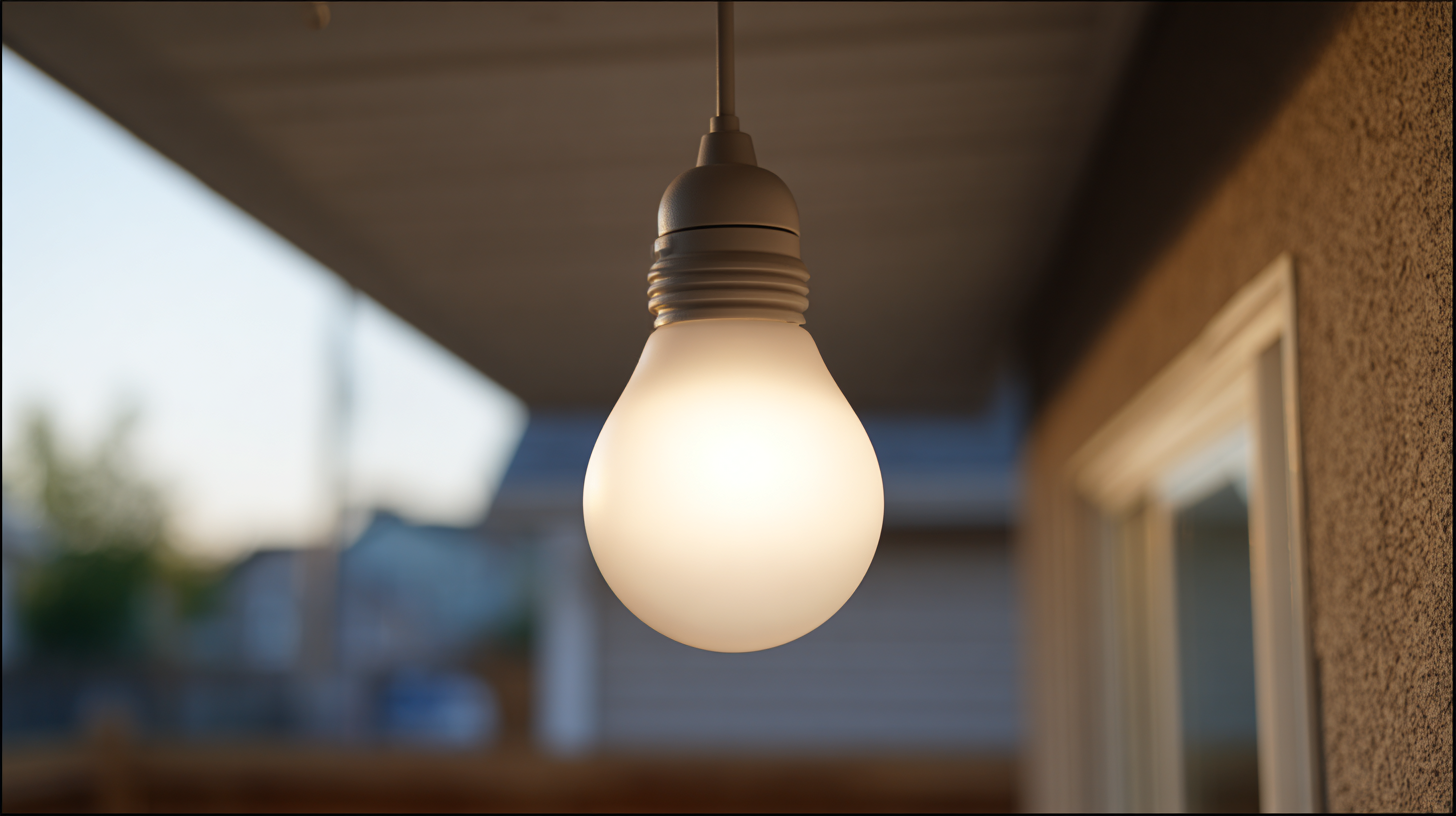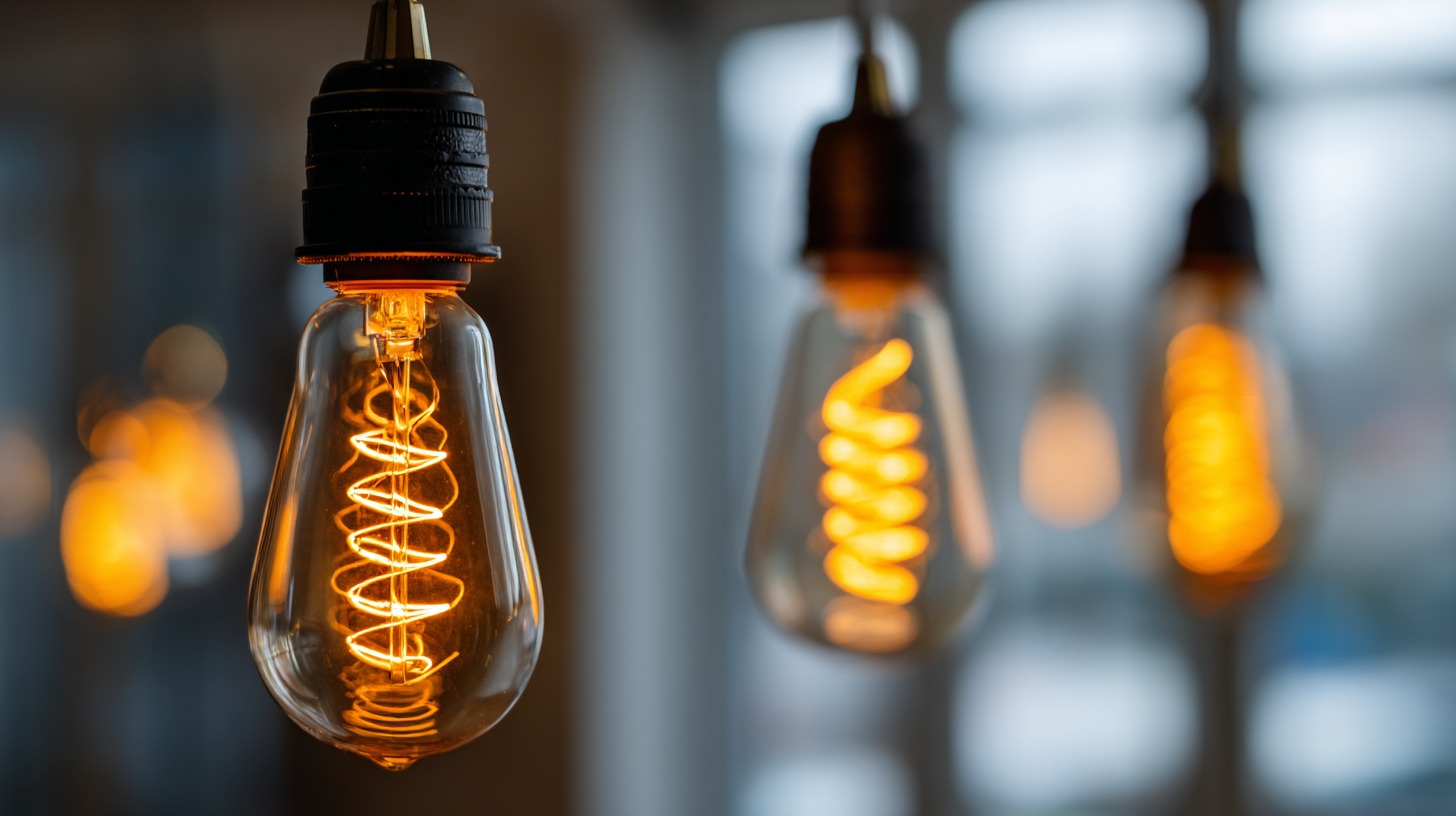10 Essential Reasons Why Best Smart Lighting is the Future of Energy Efficiency
The growing focus on energy efficiency and sustainability in recent years has catapulted Smart Lighting into the spotlight as a transformative solution for both residential and commercial spaces. According to the U.S. Department of Energy, energy-efficient lighting technologies could reduce projected electricity demand by 7% by 2025, highlighting the paramount importance of innovative solutions like Smart Lighting in achieving substantial energy savings. Driven by advancements in Internet of Things (IoT) technology, Smart Lighting systems can adapt to environmental factors, optimize energy consumption, and significantly lower greenhouse gas emissions. A recent McKinsey report states that the global smart lighting market is expected to reach $130 billion by 2025, underlining the rapid adoption of these technologies. As we delve into the ten essential reasons why Smart Lighting is the future of energy efficiency, it becomes evident that this evolution not only aligns with economic interests but also addresses the pressing challenges of environmental sustainability.

The Rise of Smart Lighting: A Look at Industry Standards and Innovations
The rise of smart lighting is a pivotal trend in the evolution of energy efficiency within smart homes. As the integration of artificial intelligence and the Internet of Things deepens, smart lighting solutions are becoming increasingly sophisticated. Industry reports highlight that the smart lighting market is expected to grow at a CAGR of 24% from 2021 to 2028, driven by the demand for energy-saving solutions and enhanced user experience. This surge is indicative of a broader shift towards smarter environments that prioritize convenience, control, and sustainability.
Moreover, advancements in smart lighting technology are aligned with global moves towards greener innovations. For instance, products that achieve Cradle to Cradle Certified® status exemplify the importance of eco-friendly designs. These standards encourage manufacturers to develop solutions that not only reduce energy consumption but also minimize environmental impact throughout a product's lifecycle. As the definition of home comfort and accessibility evolves, smart lighting will play a crucial role in shaping a future where intelligent design and sustainability coexist seamlessly.
Energy Consumption Statistics: How Smart Lighting Reduces Usage by Up to 75%
Smart lighting has emerged as a game-changer in reducing energy consumption, achieving reductions of up to 75% compared to traditional lighting options. By utilizing advanced technology such as LED bulbs and sensors, smart lighting systems adjust brightness and color based on the time of day or occupancy, significantly cutting down unnecessary electricity use. Moreover, integrating these systems with home automation allows users to control lighting remotely, ensuring lights are only on when needed.
For anyone looking to optimize energy usage at home, here are some essential tips. First, consider installing motion sensors in less frequented areas like hallways or storage rooms. This way, lights will automatically turn off when no one is present. Second, use timers to manage lighting schedules; set them to match your routine. This ensures lights are off during the day when natural light is sufficient. Lastly, embrace smart color-changing bulbs that adjust their intensity based on natural light availability, effectively complementing sunlight to minimize reliance on electric lighting.
Energy Consumption Reduction with Smart Lighting
Smart lighting technology significantly reduces energy consumption compared to traditional lighting methods. This chart illustrates the average annual energy usage, showcasing a reduction of up to 75% with the adoption of smart lighting solutions.
The Role of IoT in Enhancing Smart Lighting Efficiency and Control
The Internet of Things (IoT) is revolutionizing smart lighting, offering unprecedented efficiency and control. With the global smart lighting market projected to grow from an estimated $16.17 billion in 2023 to a compound annual growth rate (CAGR) of 16.52% by 2031, it underscores the increasing demand for energy-efficient solutions. As urban areas expand and environmental concerns heighten, integrating IoT technologies into lighting systems becomes essential for reducing energy consumption and enhancing user experience.
Furthermore, the smart home market is set to experience massive growth, anticipated to reach $633.20 billion by 2032, propelling advancements in related sectors such as energy management systems, expected to increase from $40.79 billion in 2025 to $112.32 billion by 2032, with a robust CAGR of 15.6%. This surge reflects a shift towards automated and optimized energy use in residential and commercial environments, where IoT plays a critical role by enabling real-time monitoring, adaptive lighting solutions, and predictive maintenance strategies, ultimately fostering a more sustainable future while keeping energy costs in check.
10 Essential Reasons Why Best Smart Lighting is the Future of Energy Efficiency
| Factor | Description | Impact on Energy Efficiency |
|---|---|---|
| Remote Control | Allows users to manage lighting from anywhere. | Increases convenience, reduces wasted power. |
| IoT Integration | Connects lighting to smart home systems. | Enhances automation and control, maximizing efficiency. |
| Energy Monitoring | Tracks energy consumption in real-time. | Identifies savings opportunities and usage patterns. |
| Adaptive Lighting | Sensors adjust brightness based on natural light. | Reduces energy use by optimizing light levels. |
| Scheduling | Allows preset schedules for lighting use. | Prevents unnecessary energy use when not needed. |
| User Customization | Users can tailor light settings to their preferences. | Improves user satisfaction and reduces constant adjustments. |
| Motion Sensors | Automatically turns lights on/off based on occupancy. | Significantly cuts energy use in unoccupied areas. |
| Smart Dimming | Dimming lights to appropriate levels as needed. | Minimizes energy consumption while maintaining comfort. |
| Data Analytics | Analyzes lighting usage patterns for optimization. | Informs better lighting decisions, enhancing efficiency. |
| Sustainability | Promotes the use of energy-efficient lighting technologies. | Lowers carbon footprint and promotes energy conservation. |
Sustainability in Smart Lighting: Reducing Carbon Footprints through Technology
 Smart lighting technology is revolutionizing the way we consume energy, presenting an exciting opportunity to reduce carbon footprints significantly. By integrating sensors and automation, smart lighting systems adjust brightness based on occupancy and natural light availability. This means lights are only on when needed, making them incredibly efficient compared to traditional lighting methods. As cities strive for sustainability, this adaptability plays a crucial role in conserving energy and minimizing waste.
Smart lighting technology is revolutionizing the way we consume energy, presenting an exciting opportunity to reduce carbon footprints significantly. By integrating sensors and automation, smart lighting systems adjust brightness based on occupancy and natural light availability. This means lights are only on when needed, making them incredibly efficient compared to traditional lighting methods. As cities strive for sustainability, this adaptability plays a crucial role in conserving energy and minimizing waste.
Moreover, smart lighting solutions can be linked to renewable energy sources, further enhancing their environmental impact. For instance, systems powered by solar panels can independently illuminate urban areas while decreasing reliance on fossil fuels. Additionally, the ability to monitor energy usage in real time allows users to identify patterns and make informed decisions about consumption. As adoption of smart lighting grows, it not only paves the way for smarter cities but also fosters a culture of sustainability that encourages individuals and organizations to prioritize eco-friendly practices in their daily operations.
Top Industry Players Setting Standards for Smart Lighting Solutions and Their Impact
The smart lighting industry is on the rise, with a market valued at over USD 14 billion in 2023 and projected to grow at a CAGR of over 15% from 2024 to 2032. This growth is driven by a shift toward energy-efficient solutions that meet both consumer demand and sustainability goals. Key players in the industry are not only developing cutting-edge technologies but are also setting standards that will shape the future of smart lighting and energy efficiency.
One essential aspect of smart lighting is its versatility across various applications, from residential to commercial settings. By integrating advanced control systems, these solutions empower users to optimize their lighting environments, resulting in substantial energy savings. For example, LED technology, which dominates the lighting market, is set to maintain a significant share as its market valuation is projected to increase from USD 94.5 billion in 2024 to over 10.4% CAGR through 2034.
**Tips:** Consider investing in smart lighting systems that offer customizable settings and automated controls. Additionally, look for products that are compatible with existing home automation systems to enhance convenience and energy efficiency. Always choose certified energy-efficient products to maximize savings on your electricity bills while contributing to a greener planet.







